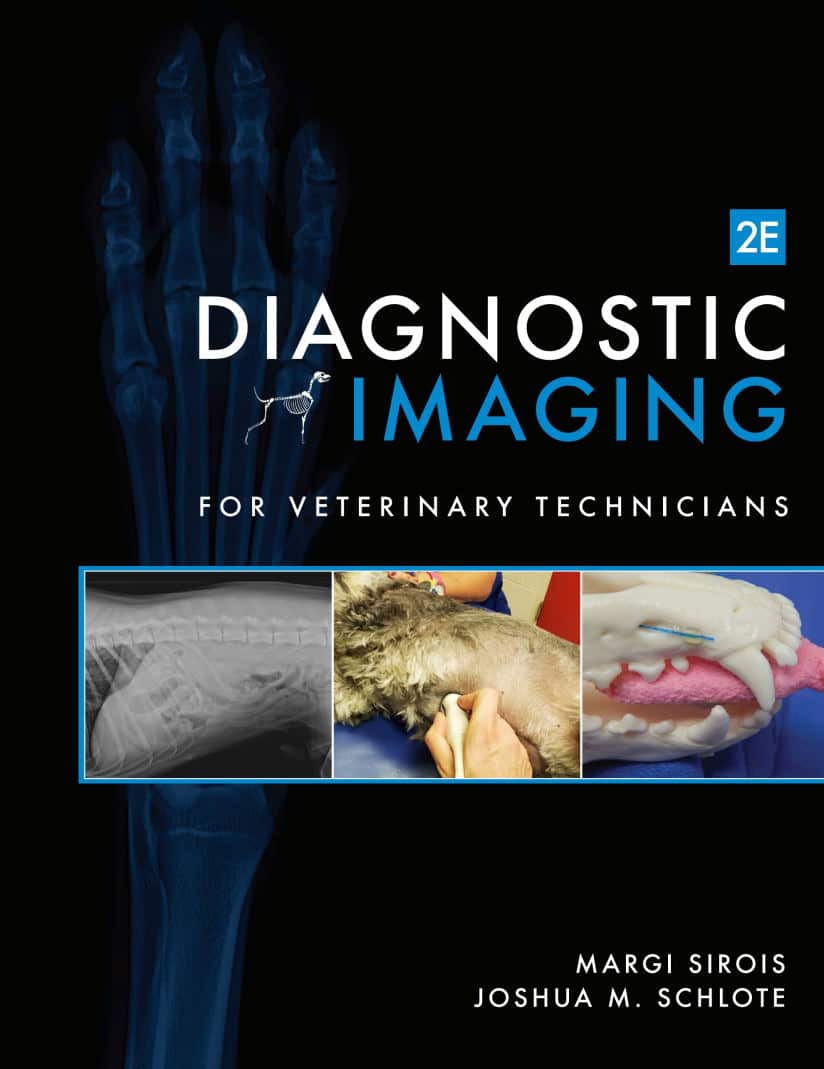
By Margi Sirois and Joshua M. Schlote
Diagnostic Imaging for Veterinary Technicians is a comprehensive diagnostic imaging textbook, which includes detailed positioning information for radiographic studies in the small animal clinic. The text showcases a systematic approach to the positioning of feline, canine, equine, and exotic animal patients for routine and special radiographic procedures, including dentistry procedures
Features:
- Chapter openers contain keywords and learning objectives.
- End-of-chapter material includes key points and questions to encourage critical thinking and synthesis of key points.
- Full-color photos, radiographs, and illustrations for visually enhanced learning.
- Detailed explanation of how to develop a technique chart accompanied with sample charts.
- Introduction of new technology: Infrared Thermography is a new technology being used in veterinary medicine. In-depth information is covered regarding benefits and its use in practice.
- AFAST/TFAST Ultrasound: nUpdated sections in ultrasonography covers patient preparation, positioning and step-by-step guide to performing AFAST/TFAST scans.
- Equine Dental Radiography: Imaging guide to obtain diagnostic equine radiographs for interpretation
![Textbook Of Veterinary Diagnostic Radiology 8Th Edition [Pdf+Videos+Quizzes]](https://www.vet-ebooks.com/wp-content/uploads/2019/09/textbook-of-veterinary-diagnostic-radiology-8th-edition.jpg)
This Book is Available For Premium Members Only

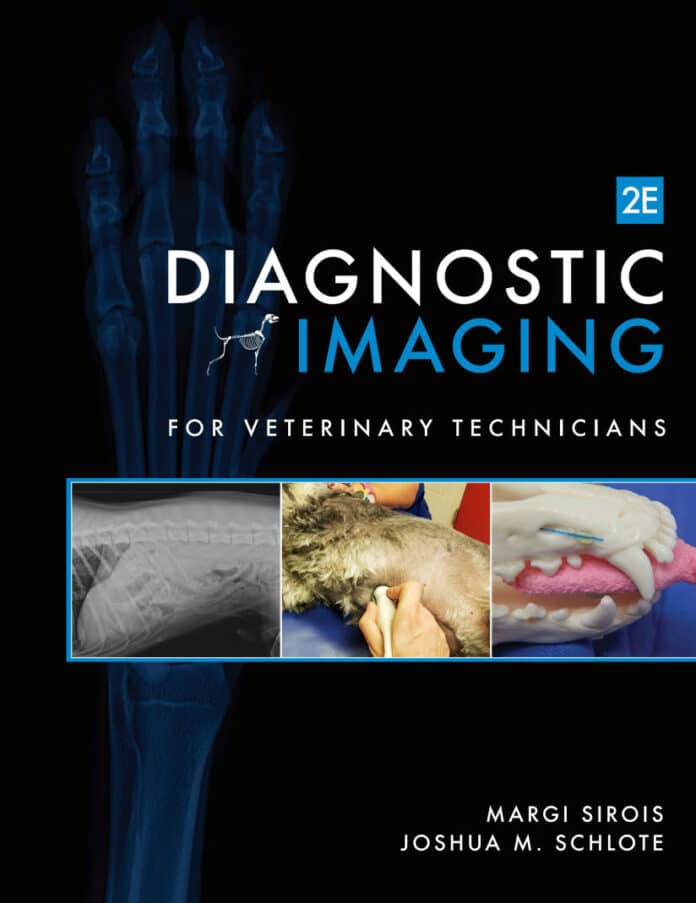
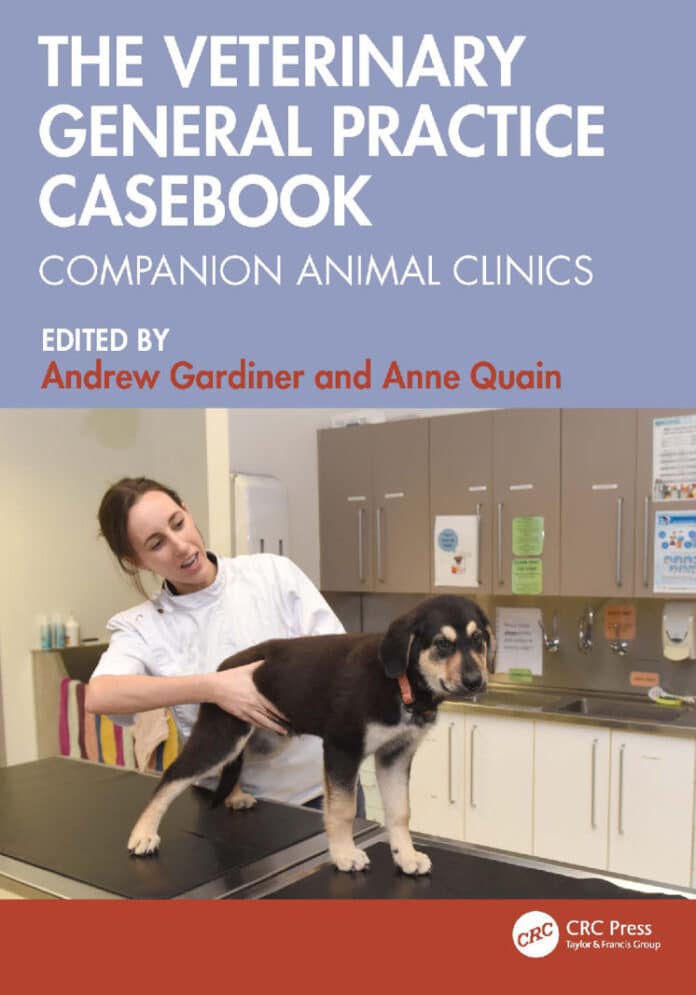
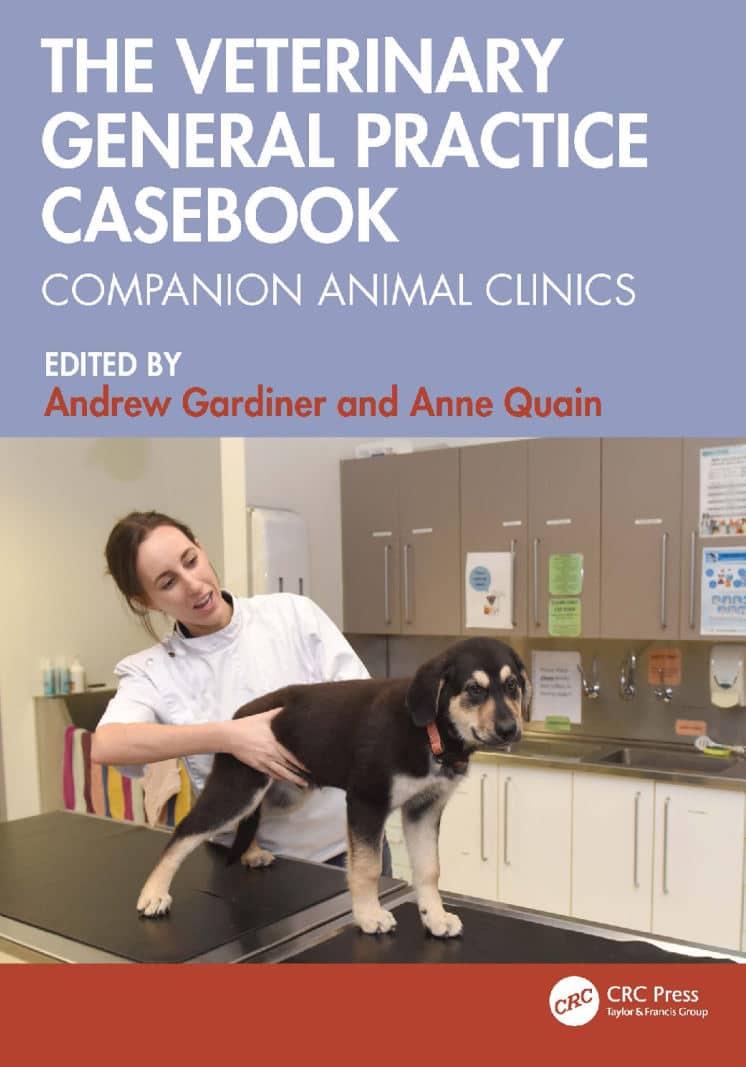



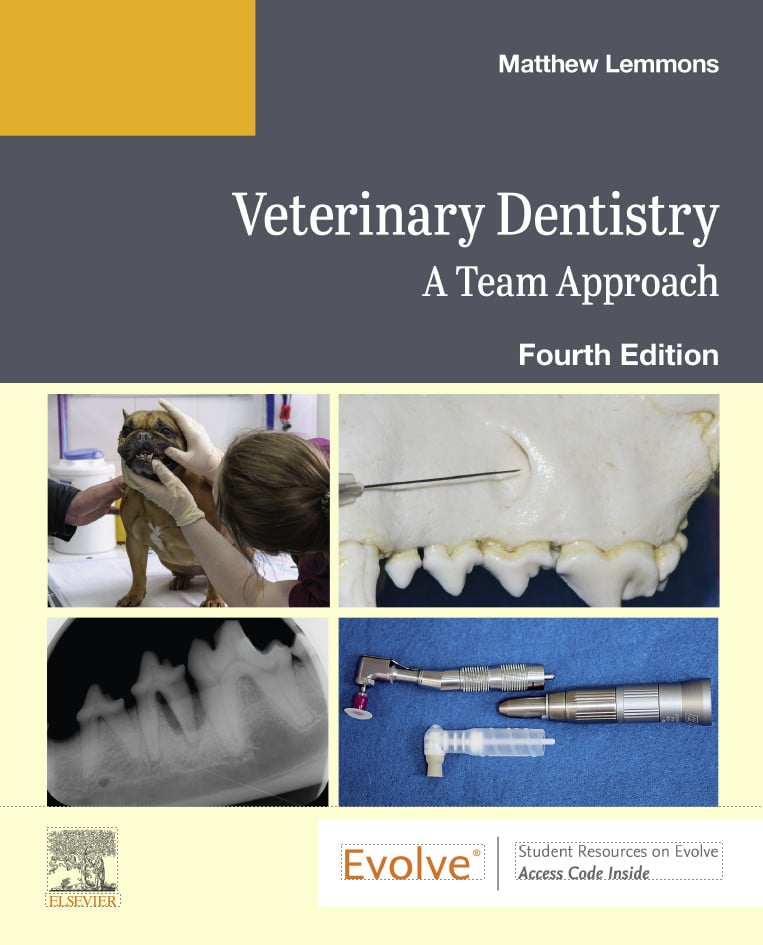





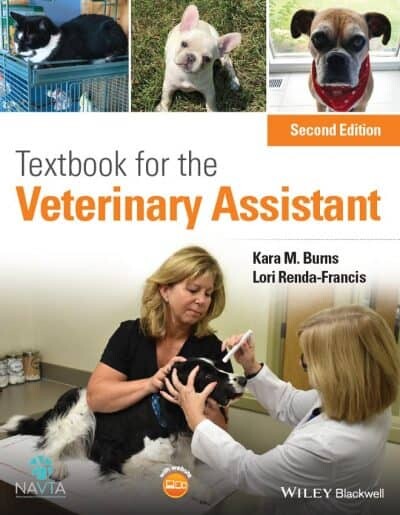







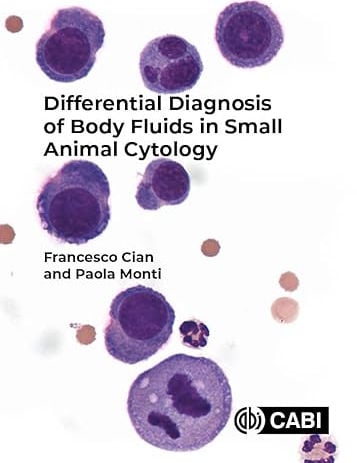






![Ettinger’s Textbook of Veterinary Internal Medicine 9th Edition [PDF+Videos] Ettinger’s Textbook of Veterinary Internal Medicine 9th Edition [True PDF+Videos]](https://www.vet-ebooks.com/wp-content/uploads/2024/10/ettingers-textbook-of-veterinary-internal-medicine-9th-edition-100x70.jpg)








